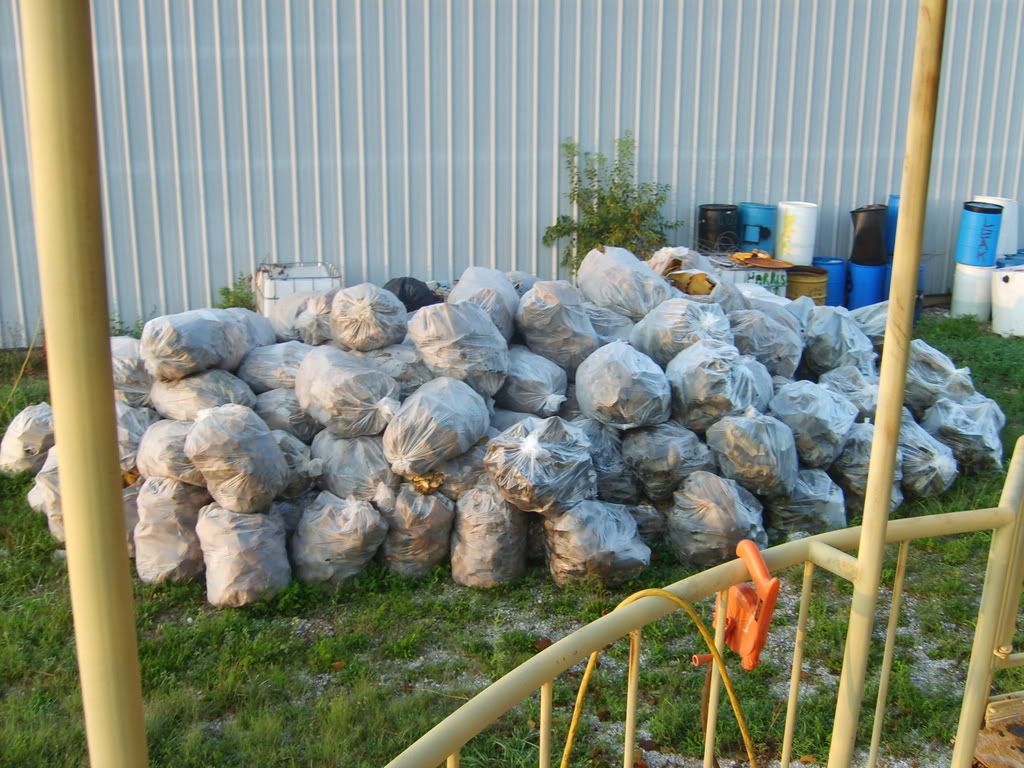Re: Paddle wheel Houseboat restoration
You may want to consider doing an ultrasonic hull thickness test on the skin. One of the things that would make me nervous about this boat is the hodgepodge of stringers in it. What is there seems like complete overkill to me, and makes me wonder if a very thin plating system was used to form the exterior hull.
If so, and there is significant corrosion, you may have a dangerously thin hull. If you end up having to re-skin the hull, I would consult an engineer and strongly consider going to thicker hull plating, so that you can lose the majority of those stringers. Leaving them is an invitation for further corrosion in places that you cant see and can't get too.
I'm glad to have read that you got rid of "Mr. Bondo," because, well ..... he's an idiot! Sounds like an auto body guy who is used to getting paid three grand to paint a car. He obviously knows nothing about repairing and/or painting a hull.
As I was reading through all the posts here and looking at the pics, the above was pretty much what I was thinking too. It looks to me like what might have been used for a lot of the construction was the equivalent of steel siding? The foam may have been added to add rigidity as much as or more than flotation. If the hull is that thin, then corrosion will be a real issue to deal with, if the hull was made of plate steel, then it would take a greater level of corrosion and far more time to compromise the hull.
When I first saw the pics of this boat, I thought about one that I saw in PA about 8 years ago, it was a home built paddle wheel boat from MS. Someone had somehow transported it up to north central PA as a project. It was about 90' long and made from 1/4" and 3/8" plate steel, mostly welded, with some rivet joints above the water line. It was my impression that it had been reclad at a later date with heavier steel. The owner of that boat had gotten in too deep and was trying to sell it. I looked at it for a buddy who was contemplating restoring it. It was powered by two very large diesel engines and had been converted to prop drive and a non functional paddle wheel.
Estimated weight on that boat was far more than could be easily transported without the use of house moving equipment.
Do you know approx. how thick that hull skin is? What are the stringers made of? It sort of looks to me to be more like a large house boat than a typical steel hull ship?
You were right in removing the foam, especially wet foam. The fact that the foam was soaked would make me that much more suspect of the steel hull and rust. Also, was the foam wet from rain water getting in or was it wet from a leaking lower hull?
I'd be tempted to consider some level of media blasting to rid the steel of rust, then you could re-evaluate the level of rust present and what repairs will be needed to make seaworthy and safe for years to come. Once all the repairs are made and the hull is 100% sound again, I'd consider simply priming the inner and outer hull well and coating it all in a good epoxy paint plus what ever ablative coating required for where you intend to keep it.























